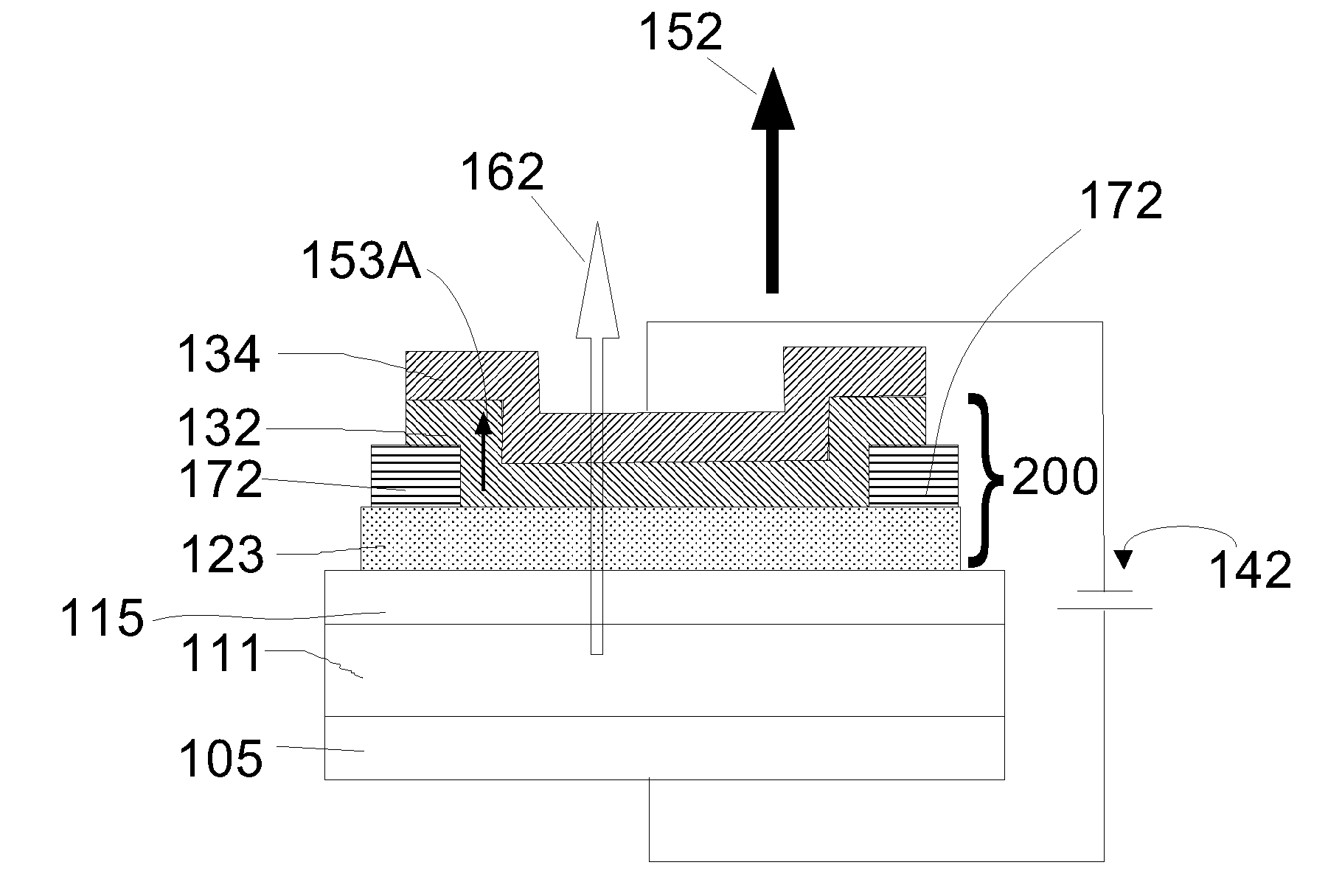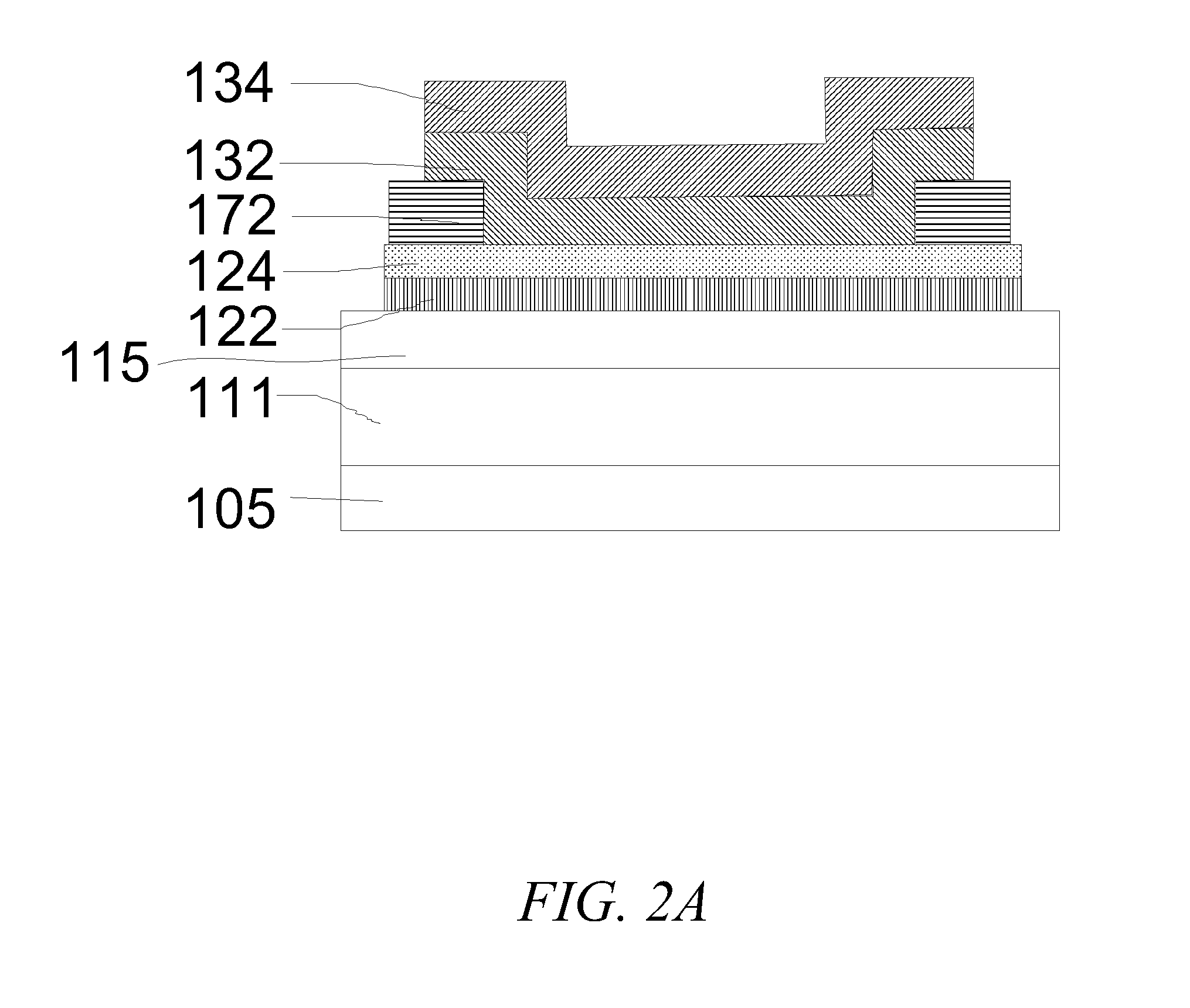MgO-Based Tunnel Spin Injectors
a tunnel junction and injector technology, applied in the direction of semiconductors, electrical devices, nanotechnology, etc., can solve the problems of low injection efficiency of ferromagnetic metals into semiconductors through diffusive contacts, weak temperature dependence of the tunneling process. , to achieve the effect of high spin polarization of injected electrons, good thermal stability and low cos
- Summary
- Abstract
- Description
- Claims
- Application Information
AI Technical Summary
Benefits of technology
Problems solved by technology
Method used
Image
Examples
Embodiment Construction
[0038]Theoretical calculations have predicted that tunneling structures based on crystalline MgO tunnel barriers can have much higher tunneling spin polarization compared to conventional tunneling structures based on amorphous Al2O3 tunnel barriers [Butler et al., Physical Review B 63, 054416 (2001); Mathon and Umerski, Physical Review B 63, 220403(R) (2001)]. However, prior art methods used to deposit MgO tunnel barriers have shown low tunneling spin polarization values most likely because of ferromagnetic oxides formed at the interface between the MgO tunnel barrier and the ferromagnetic layers. There have been several studies on the epitaxial growth of MgO onto GaAs substrates as buffer layers for the growth of superconducting or ferroelectric films. These prior art methods of forming MgO layers on GaAs include pulsed laser deposition, electron beam evaporation and magnetron sputtering of MgO layers directly onto GaAs or passivated GaAs surfaces. For example Bruley et al. [Appl. ...
PUM
 Login to View More
Login to View More Abstract
Description
Claims
Application Information
 Login to View More
Login to View More - R&D
- Intellectual Property
- Life Sciences
- Materials
- Tech Scout
- Unparalleled Data Quality
- Higher Quality Content
- 60% Fewer Hallucinations
Browse by: Latest US Patents, China's latest patents, Technical Efficacy Thesaurus, Application Domain, Technology Topic, Popular Technical Reports.
© 2025 PatSnap. All rights reserved.Legal|Privacy policy|Modern Slavery Act Transparency Statement|Sitemap|About US| Contact US: help@patsnap.com



